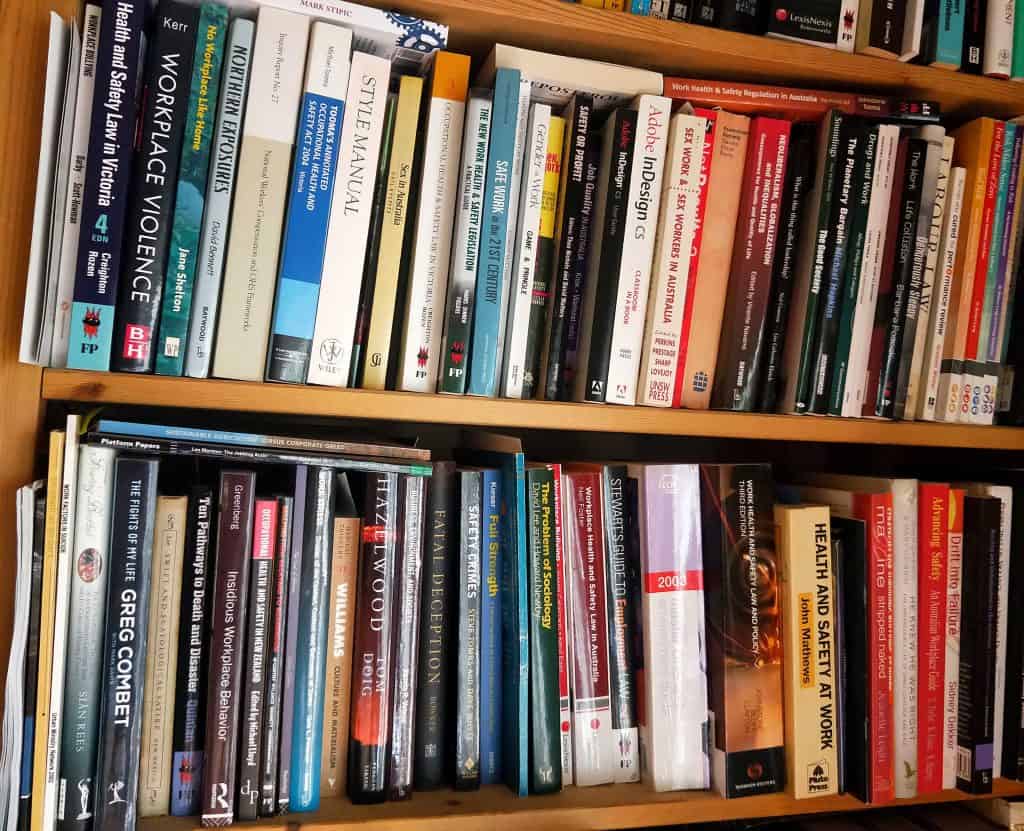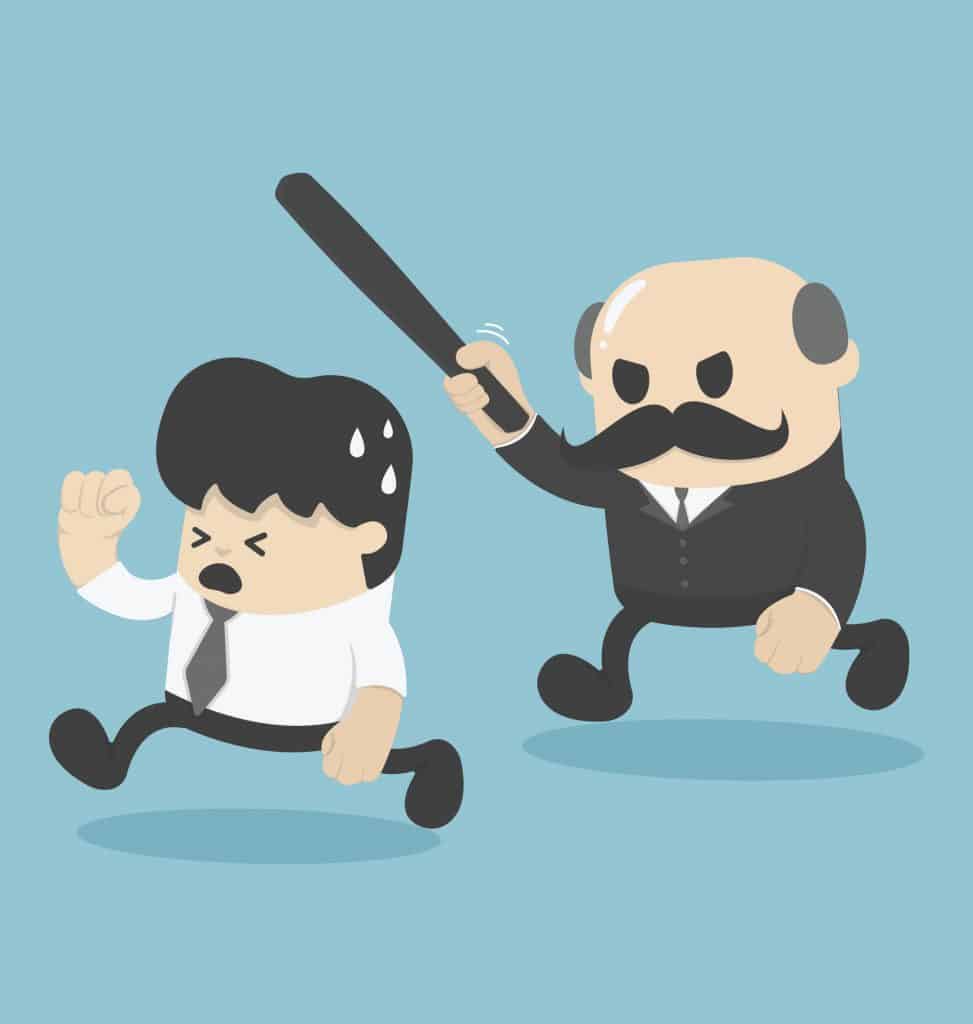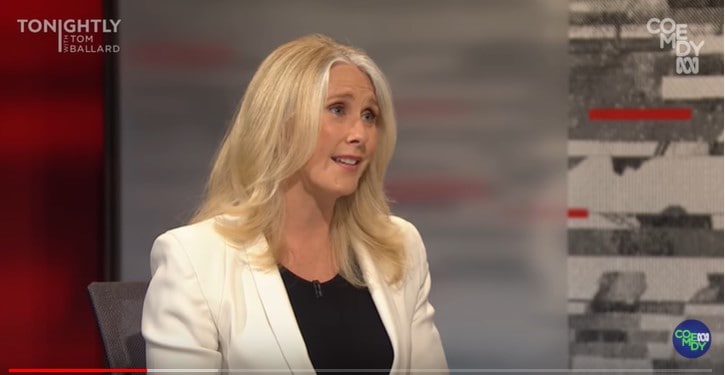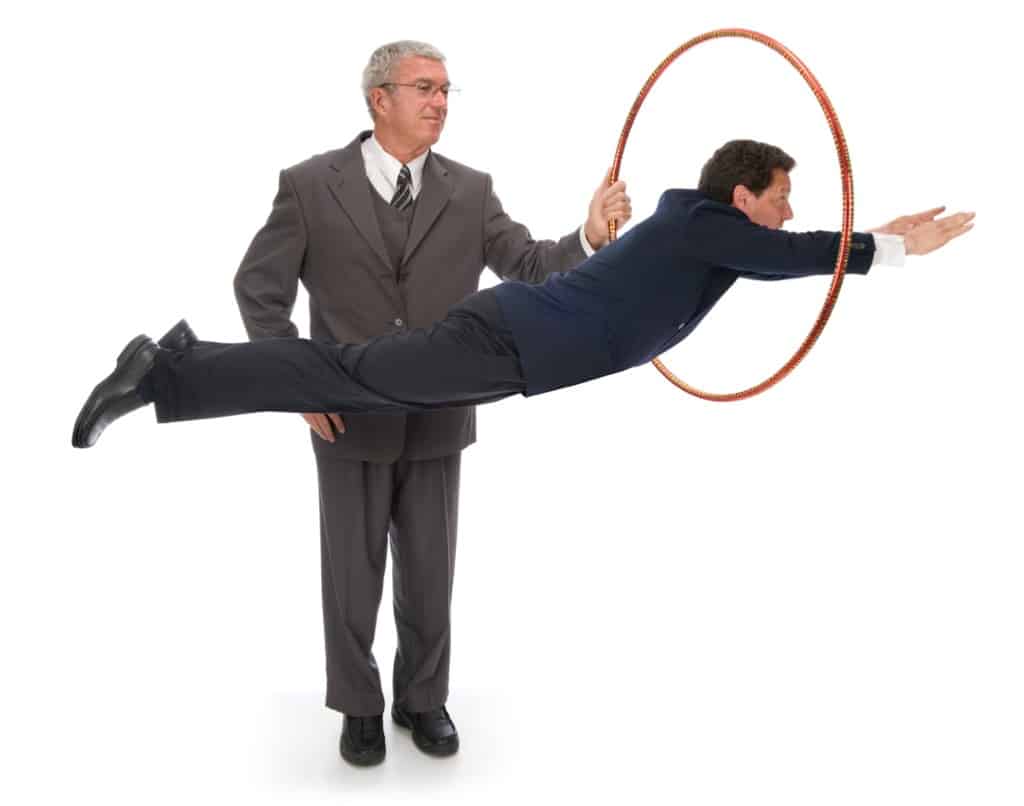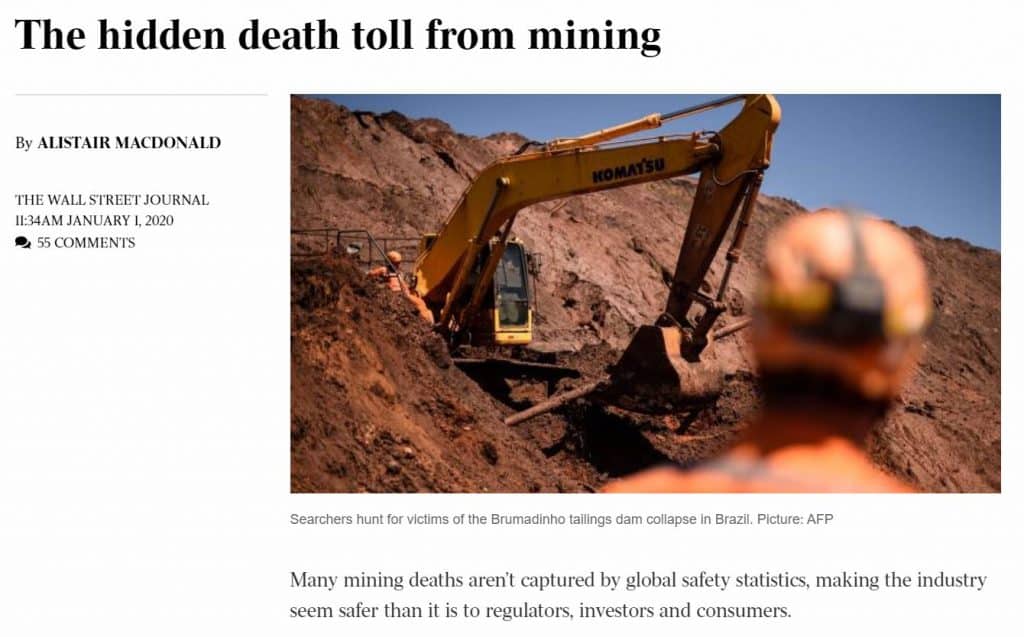
The reader’s comments on online articles can be very revealing. Below is a discussion of some of the comments posted on The Australian website in response to an article about the accuracy of workplace fatality data in the mining industry. Given that this is one of the few mainstream media articles about occupational health and safety (OHS), they are telling.
One commenter asked the newspaper:
“… if one of your accountants based in the Sydney office were to have a car accident in Parramatta while driving to work in the morning, would you include that in your OHS statistics as a workplace fatality?”


